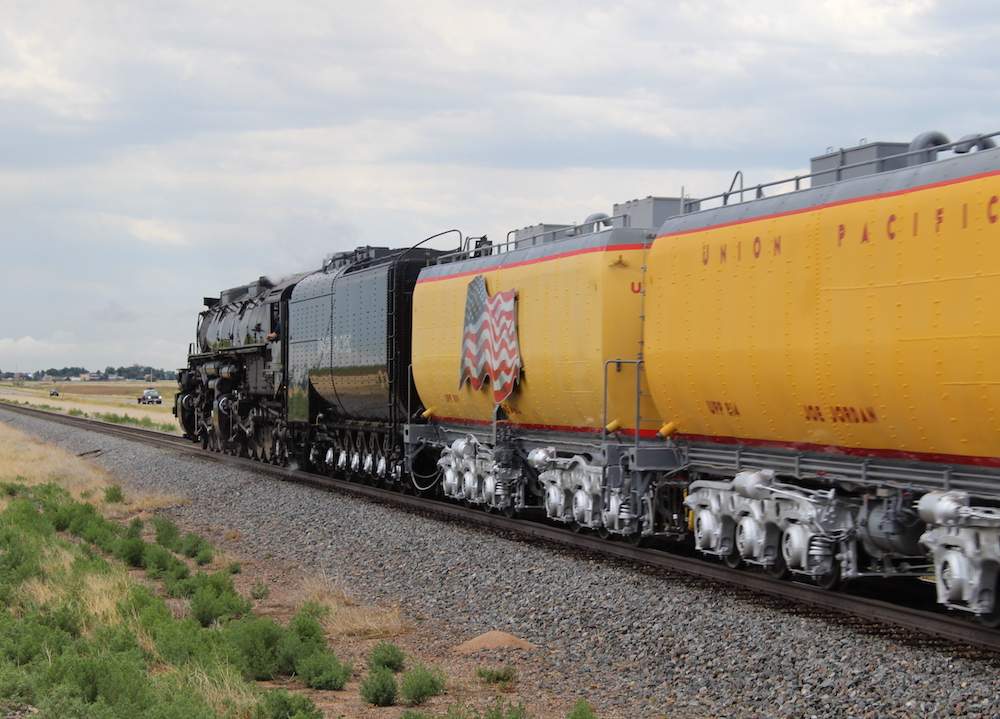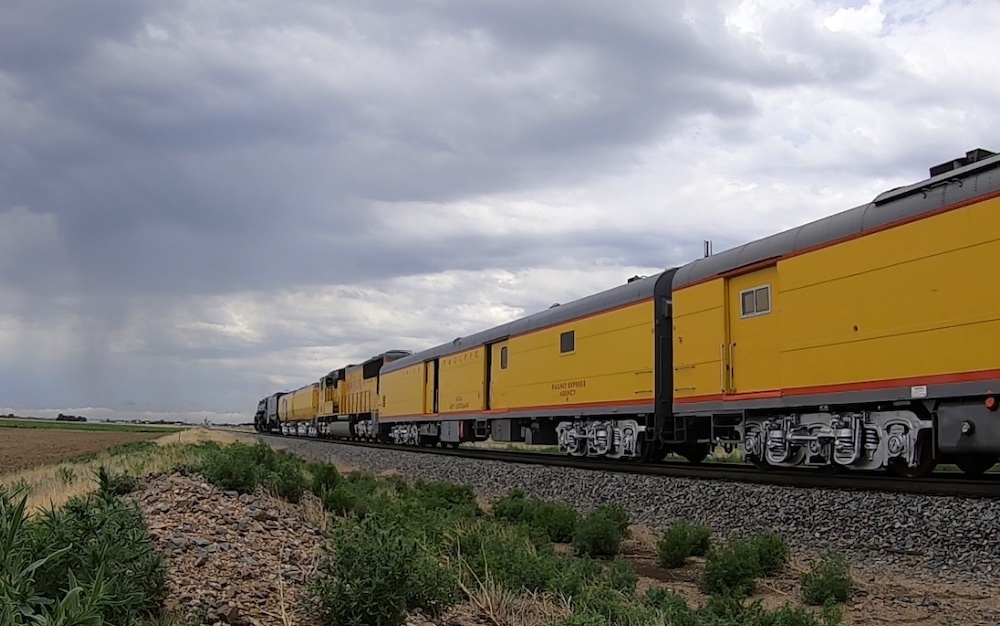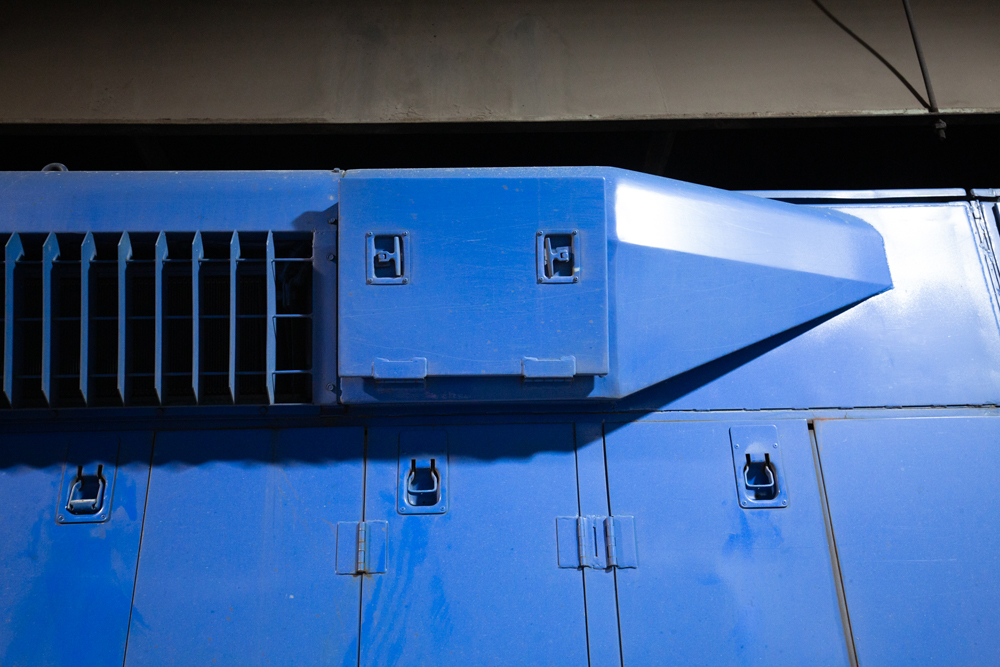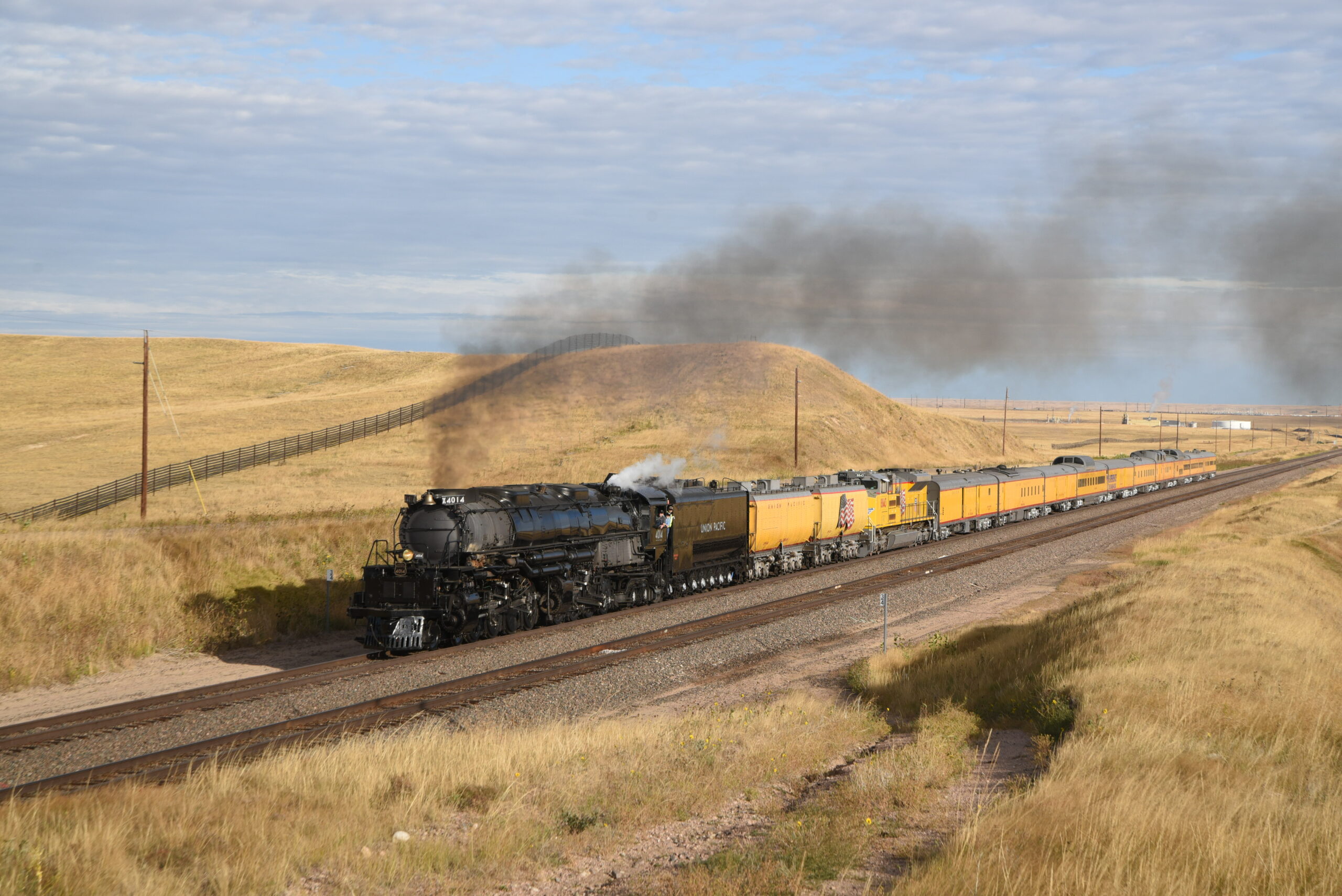Winter affects locomotives
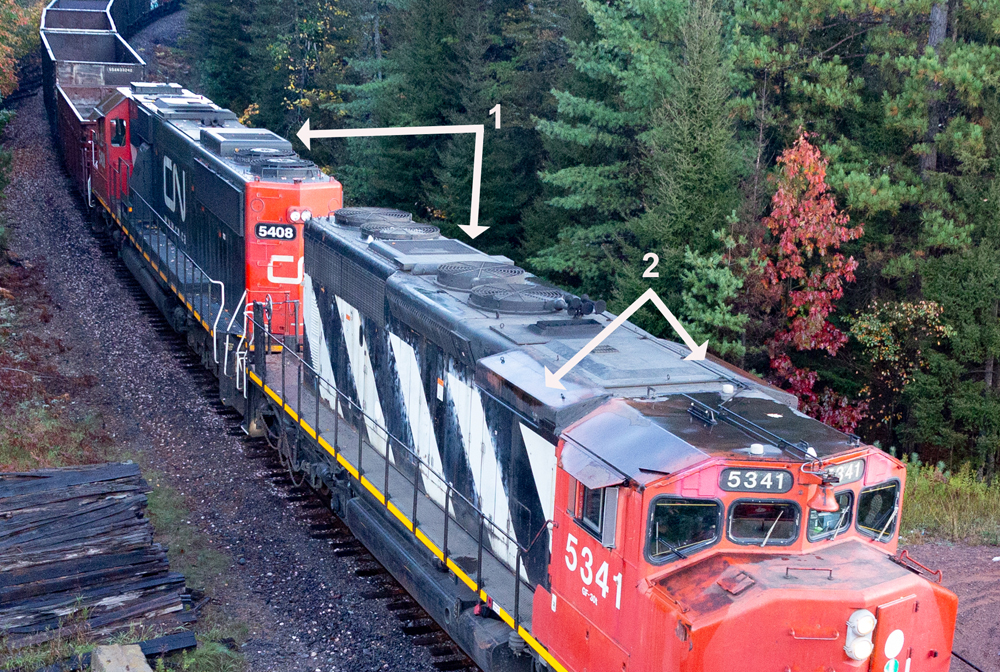
Diesel locomotives have many components and systems that can be negatively affected during periods of cold and snow if not maintained properly. From tap water to electrical systems, these features need to be able to handle the often-harsh conditions to which locomotives are assigned.
Locomotives have traditionally idled year-round, and in the winter months this would serve to keep batteries charged, maintain brake-pipe pressure if connected to a train, and protect against such issues as fluids freezing. The vast majority of locomotive radiators use ordinary tap water with a corrosion inhibitor added. Water has better cooling performance than antifreeze, allowing manufacturers to use radiators that are approximately 20% smaller. If an engine has to be shut down in the winter, the cooling system must be drained to prevent freeze damage. Locomotives are equipped with an auto water dump system in case an engine dies and no personnel are present.
Diesel fuel performs best during combustion if its temperature isn’t cold. To address this, locomotives are equipped with a fuel pre-heater that typically uses engine coolant to warm the fuel before heading to the engine for use.
Taking further precautions
Snow can affect a locomotive’s performance as well. Periods of heavy snow and wind can block intakes on the exterior of a locomotive, causing operating problems for the engine and/or its subsystems. Builders such as Electro-Motive Diesel and General Electric have offered various snow shields, winterization hatches, or other solutions to customers that experience a higher amount of snowfall. Winterization hatches on the roof can cover all or part of an entire cooling fan.
In the winter, a duct is opened, directing hot air back into the engine room to keep the equipment and fluids warm. Most of these have been phased out on new units in the early years of microprocessor-equipped locomotives. DC traction motors have issues if snow enters the motor during periods of inactivity or via the cooling air intakes while operating.
Locomotives can also use software or equipment to keep critical fluids and other systems at optimum temperatures while the main locomotive is shut down. Automatic Engine Start Stop can monitor various systems such as the temperatures of lube oil, coolant, and train line air pressure, shutting down the engine until a restart is needed to maintain any of the monitored systems within the locomotive.
Auxiliary Power Units have been used in the industry for decades, with computer control advancing their usefulness. APUs are small diesel engines that can be configured to monitor and maintain any number of systems on a locomotive, including such things as lube oil and coolant temperature, brake pipe pressure, cab heating and air conditioning, internal and external lighting. These are operated in lieu of the main diesel engine having to restart each time something falls below a preset threshold. The small engine consumes far less fuel and saves wear on the main engine in the process.
Instead of AESS or APU systems, if a locomotive or group of locomotives are always based at a single location, shore power can be used that utilizes electric power that’s plugged into the locomotive when not in use.
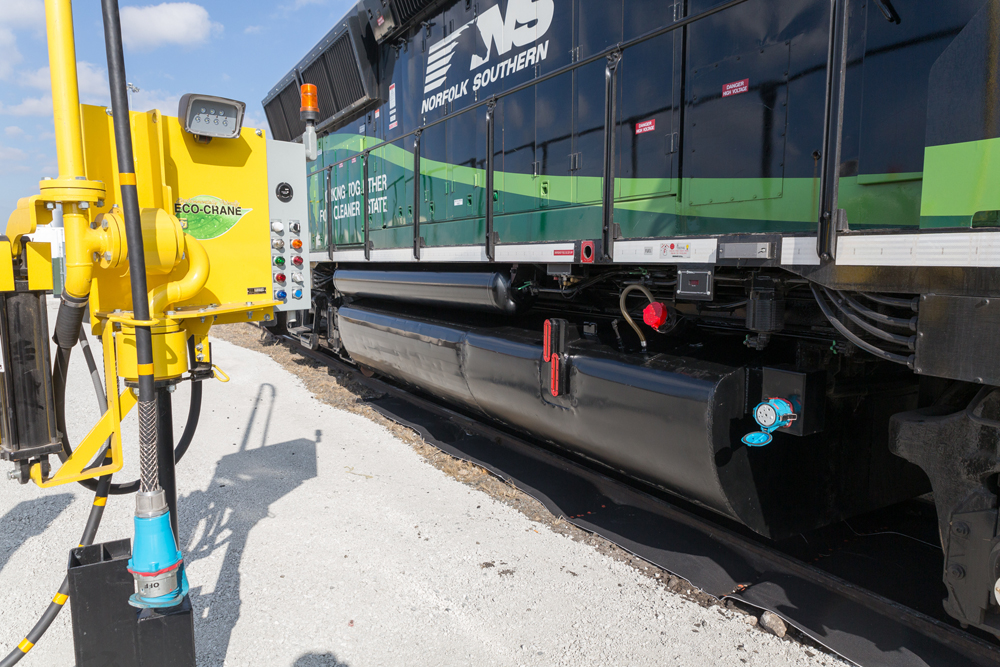
Like this article? Read more on ABCs Of Railroading.






